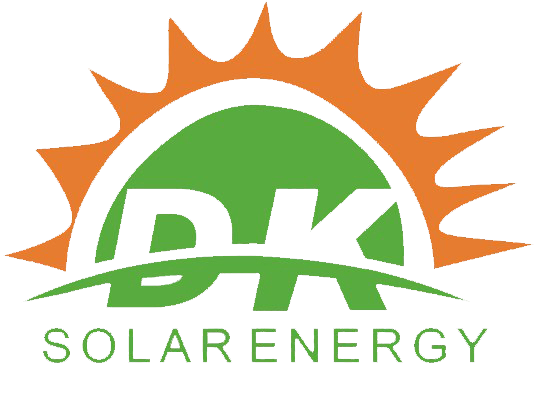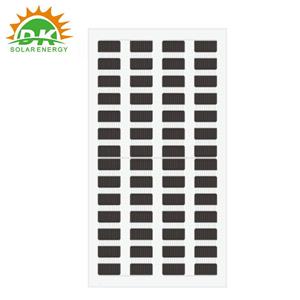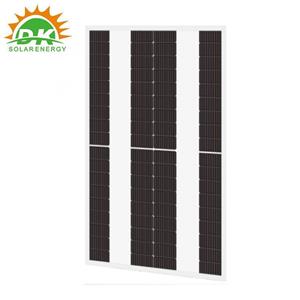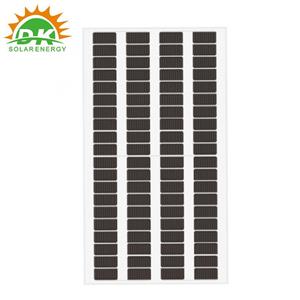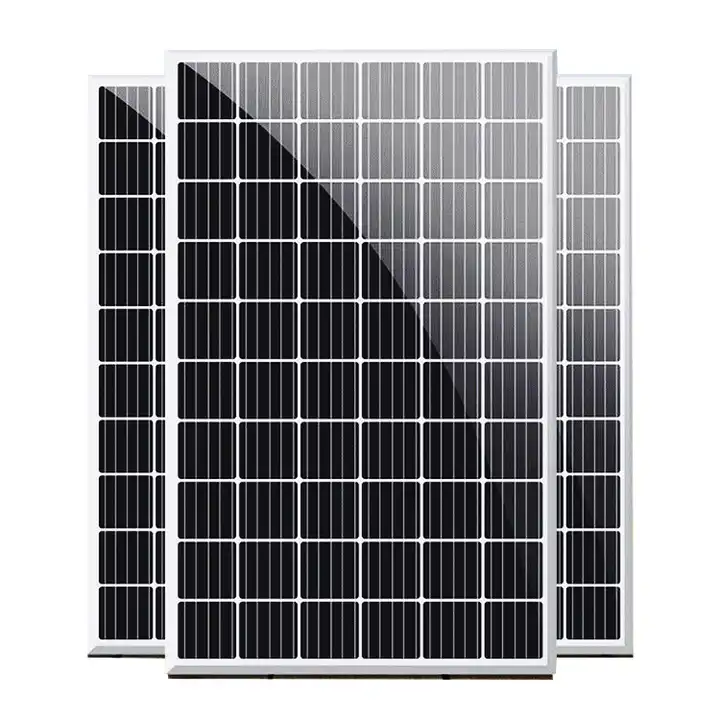Analysis of the Development Trend of POE Film
I. Technology-driven: The Core Packaging Choice for New-Generation Batteries
Popularization of composite film technology: Forming composite films through the co-extrusion of EVA and POE, which balances cost and performance while expanding application scenarios.
Ultrathin and functional upgrading: Reducing the thickness of the film while achieving additional functions such as self-cleaning and improved light transmittance by adding special coatings.
Enhancement of PID resistance: Improving the PID voltage tolerance of the film through catalyst and process optimization to adapt to the development trend of high-voltage modules.
II. Market Demand: Sustained Growth Driven by Multiple Factors
Increased penetration of N-type batteries: As N-type battery technology matures and production capacity is released, their demand for POE film is significantly higher than that of traditional P-type batteries, making them the core engine driving POE film demand.
Accelerated commercialization of perovskite batteries: The gradual launch of perovskite battery production lines and the continuous improvement of yield rates have further opened up the market space for POE film due to the special requirements of perovskite batteries for packaging materials.
Expansion of high-end application scenarios: In harsh environments such as offshore photovoltaic projects and desert power stations, POE film occupies a dominant position due to its weather resistance advantages. Meanwhile, the higher performance and environmental standards for modules in export markets also promote the replacement of traditional packaging materials with POE film.
